Coastal Community Resilience Research
- Environmental and Economic Challenges in the Chesapeake Bay
- Project Focus
- Anticipated Outcomes
- Research Activities
- Crisfield Resilience Academy
- Related Resources
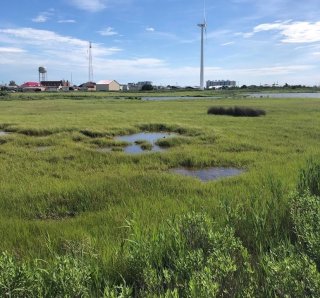
EPA is collaborating with partners and stakeholders in the Chesapeake Bay region to investigate the ability of natural infrastructure, such as wetlands, tidal marshes, and seagrasses, to improve the resilience of coastal communities. The goal of this research is to support communities with knowledge and tools for building resilience while maximizing other benefits, including recreation and tourism.
Environmental and Economic Challenges in the Chesapeake Bay
Coastal communities in the Chesapeake Bay area depend on the Chesapeake Bay waters and their natural resources for their livelihood, including seafood, tourism, and recreation industries. The region faces increasing flooding issues from poor drainage, storm events, higher tides, sea level rise, sinking land, and erosion, which can adversely affect the economy, human and ecosystem health, and cultural preservation.
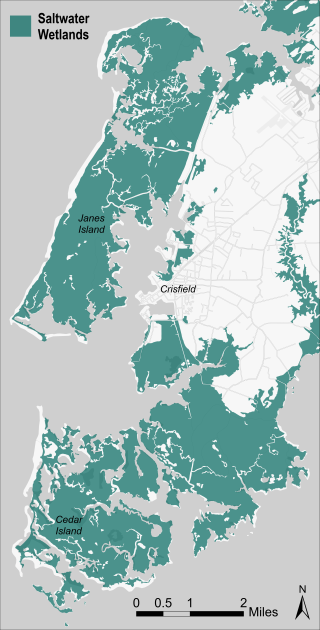
Project Focus
EPA researchers are coordinating with the City and community of Crisfield, Maryland, the Nature Conservancy, and several other key partners to co-produce research on strategies to address storm flooding issues, erosion and other coastal community resilience concerns.
Research will address coastal resilience issues by investigating natural infrastructure strategies, such as restoring saltmarshes or implementing living shorelines, and will identify and assess additional community benefits around the seafood industry or tourism and recreation provided by different nature-based coastal resilience and adaptation strategies. Research and educational programming will support community capacity to implement strategies.
Anticipated Outcomes
This research will lead to increased understanding of how natural infrastructure strategies can improve coastal resilience and the additional community benefits these strategies can provide. Results will ultimately be used to provide information needed by coastal communities to make decisions and consider tradeoffs when building resilience.
Research Activities
Based on insights from initial partner and community engagement, the collaborative research activities below have been started as part of the project. Learn more about specific research activities.
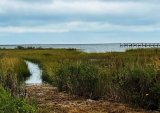
Assessing Nature-Based Strategies
EPA is supporting community decision making around the trade-offs of different nature-based strategies to ensure that they align with the values and desired future of the community.
EPA researchers are investigating natural infrastructure strategies like saltmarshes, living shorelines, and living breakwaters for addressing coastal resilience issues in and around Crisfield. These natural coastal infrastructure options are being also explored to determine their potential co-benefits to the natural spaces around Crisfield and to the protection and development of the community’s culture, history, and seafood industry, tourism, and recreation opportunities.
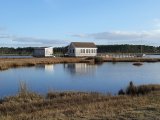
Assessing Blue Carbon Potential
Coastal wetlands and marine ecosystems can also sequester carbon. Known as “blue carbon," these features of coastal ecosystems are potentially powerful tool for increasing coastal resilience. EPA research is addressing key data gaps in the Chesapeake Bay, particularly around the carbon sequestration potential of existing and proposed coastal natural infrastructure projects. Filling these knowledge gaps will help decision-makers weigh natural infrastructure management options.

Environmental Leadership and Education
Crisfield Resilience Academy
As part of its efforts to deal with current environmental challenges such as flooding, Crisfield is partnering with EPA and other organizations to explore coastal resilience solutions with an education training opportunity called the Crisfield Resilience Academy. Learn more about the Crisfield Resilience Academy.
Public Learning Sessions
EPA, in partnership with BEACON at Salisbury University and TetraTech, will be holding local public learning sessions on environmental and coastal resilience topics. Learn more about these public learning sessions.
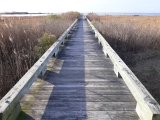
Research Co-Production
Technical Working Group
A Technical Working Group composed of subject matter experts on nature-based solutions, coastal engineering, and the Crisfield area is meeting quarterly to provide feedback on EPA’s data collection, analysis, and modeling work. Learn about the technical working group.
Public Input Sessions
Public input sessions are held to inform the Crisfield community about EPA’s research and to solicit input from the public to be considered in the EPA’s research efforts. Learn about the public input sessions.
Partner Meetings
Partner meetings are held to share research plans and products with project partners and to solicit input and feedback. Learn about the partner meetings.
